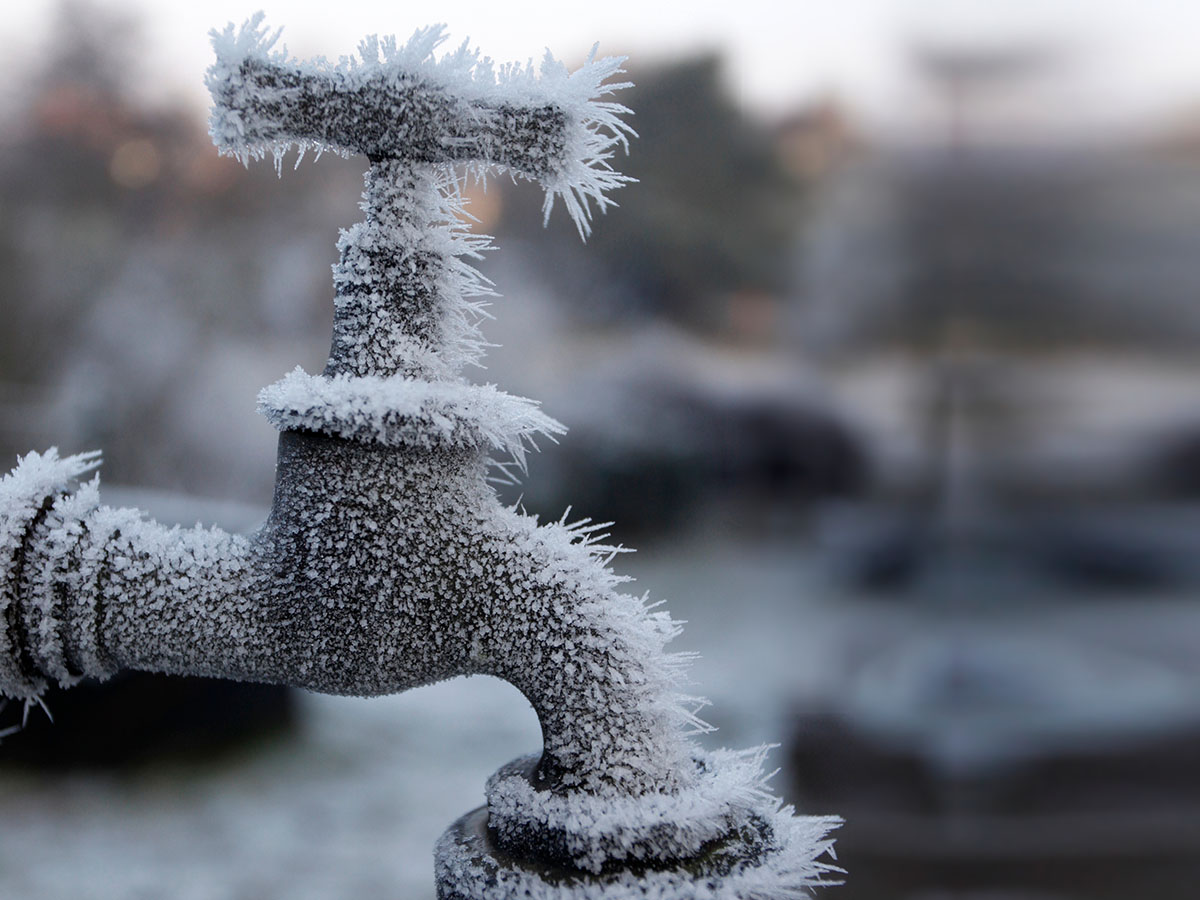Essential Strategies for Avoiding Frozen Plumbing in Cold Weather
Essential Strategies for Avoiding Frozen Plumbing in Cold Weather
Blog Article
We have stumbled on this article pertaining to Prevent Frozen Pipes down the page on the web and figured it made sense to write about it with you on this site.

Winter can damage your pipes, especially by freezing pipelines. Below's how to prevent it from occurring and what to do if it does.
Introduction
As temperature levels decline, the threat of icy pipelines increases, possibly bring about expensive repair services and water damage. Recognizing exactly how to prevent icy pipes is essential for homeowners in chilly environments.
Prevention Tips
Insulating vulnerable pipelines
Cover pipelines in insulation sleeves or use warmth tape to secure them from freezing temperatures. Concentrate on pipes in unheated or external locations of the home.
Home heating methods
Keep indoor areas effectively warmed, especially areas with plumbing. Open cupboard doors to permit warm air to circulate around pipes under sinks.
How to recognize icy pipes
Look for lowered water circulation from taps, unusual odors or noises from pipes, and noticeable frost on subjected pipes.
Long-Term Solutions
Architectural modifications
Take into consideration rerouting pipes far from exterior wall surfaces or unheated locations. Add added insulation to attics, cellars, and crawl spaces.
Updating insulation
Buy premium insulation for pipelines, attic rooms, and wall surfaces. Appropriate insulation aids preserve regular temperatures and minimizes the threat of frozen pipes.
Securing Exterior Pipes
Yard tubes and outside taps
Detach and drain pipes garden hose pipes prior to wintertime. Mount frost-proof spigots or cover outside faucets with insulated caps.
Understanding Frozen Pipes
What creates pipes to ice up?
Pipes freeze when subjected to temperatures below 32 ° F (0 ° C) for prolonged periods. As water inside the pipes freezes, it increases, taxing the pipe walls and potentially triggering them to burst.
Risks and problems
Frozen pipes can result in supply of water disturbances, property damage, and costly repair services. Burst pipelines can flooding homes and trigger comprehensive structural damages.
Signs of Frozen Water Lines
Determining frozen pipelines early can stop them from bursting.
What to Do If Your Pipes Freeze
Immediate activities to take
If you presume frozen pipes, keep faucets available to relieve stress as the ice thaws. Utilize a hairdryer or towels taken in warm water to thaw pipes gradually.
Conclusion
Stopping frozen pipes needs proactive measures and fast responses. By recognizing the causes, indicators, and safety nets, homeowners can secure their pipes throughout cold weather.
6 Proven Ways to Prevent Frozen Pipes and Protect Your Home
Disconnect and Drain Garden Hoses
Before winter arrives, start by disconnecting your garden hoses and draining any remaining water. Close the shut-off valves that supply outdoor hose bibs and leave the outdoor faucet open to allow any residual water to drain. For extra protection, consider using faucet covers throughout the colder months. It’s also important to drain water from any sprinkler supply lines following the manufacturer’s directions.
Insulate Exposed Pipes
Insulating your pipes is an effective way to prevent freezing. Pipe insulation is readily available at home improvement stores and is relatively inexpensive. Pay close attention to pipes in unheated areas such as the attic, basement, crawl spaces, or garage. Apply foam insulation generously to create a buffer against the cold. You can also wrap your pipes in heat tape or thermostat-controlled heat cables for added warmth.
Seal Air Leaks
Inspect your home for any cracks or openings that could let in cold air. Seal any holes around the piping in interior or exterior walls, as well as the sill plates where your home rests on its foundation. Additionally, make sure to keep your garage door closed unless you’re entering or exiting. Leaving it open creates a significant air leak that can lead to frozen pipes.
Allow Warm Air Circulation
During cold snaps, it’s essential to allow warm air to circulate evenly throughout your home. Leave interior doors ajar to promote better airflow. Open kitchen and bathroom cabinets to help distribute heat consistently around the rooms. If you have small children or pets, be sure to remove any household chemicals or potentially harmful cleaners from open cabinets for safety.
Let Faucets Drip
A small trickle of water can make a big difference in preventing ice formation inside your pipes. When temperatures drop significantly, start a drip of water from all faucets served by exposed pipes. This continuous flow helps prevent the water from freezing. Additionally, running a few faucets slightly can relieve pressure inside the pipes, reducing the chances of a rupture if the water inside does freeze.
https://choateshvac.com/6-proven-ways-to-prevent-frozen-pipes-and-protect-your-home/

I hope you liked our topic about Preventing and dealing with frozen pipes. Thanks a ton for taking the time to browse our short article. Loved our write up? Please quickly share it. Let other people check it out. We thank you for reading our article about How to prepare your home plumbing for winter weather.
Free Estimate Report this page